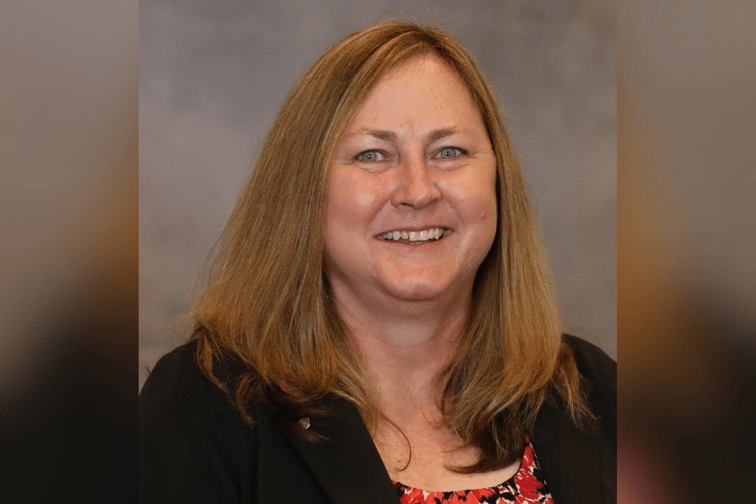

Technology is changing the way the insurance industry is able to perform everyday tasks, but it will never overshadow the necessary human element required for business, an insurance industry VP has told Insurance Business.
“You can’t really replace the human touch,” Christine Sullivan (pictured), the senior vice president of risk control for North America at Sompo, said. “In risk control, we pride ourselves on our relationships with clients, and that is more important than ever in today’s world.”
Nevertheless, she said, “technologies are making us more efficient at our job.”
“It has the ability to take a third of our assigned duties off our plate because it is now streamlined through a mechanical solution, giving us more time to work on other, more challenging projects,” Sullivan said.
During a sit-down interview at the 2023 edition of RIMS in Atlanta, Sullivan spoke to Insurance Business about how AI and other technologies are already changing how risk professionals carry out their day-to-day roles, and what the future might look like.
Many industries operating during the COVID-19 pandemic experienced a steep learning curve in order to perform duties in a remote environment. This was true for risk management professionals, who suddenly could not physically inspect businesses and other physical structures due to health mandates.
“Since COVID basically shut us down, we weren’t allowed to travel or go into client sites and potentially expose others to the virus in a confined space,” Sullivan said.
To sidestep these barriers, insurance companies had to tap into hi-tech apparatuses that allowed risk managers to complete their tasks with the attentiveness that the job requires. There is also the benefit of being able to perform work that traverses geographical boundaries while being remotely stationed.
“There was an increased use of virtual technology that allowed us to walk through a facility without being physically present,” Sullivan said.
“Now, instead of having to fly all the way to Alaska in order to inspect a site, I can see everything through software and take pictures to create a report and share it with an underwriter, who can then write a policy accordingly.”
AI has become a hot topic in the insurance industry, especially thanks to its sophisticated design and ability to complete more menial tasks in various areas.
For those inputting properly vetted information and statistics into AI, its capabilities to streamline a workflow can pose an advantage.
“AI is more than just a buzzword, and it is proving to be very useful in certain areas,” Sullivan said.
“We can now take a bunch of records and data, feed it through software and it will pick out relevant key words and other information an underwriter should be aware of, such as if a company uses a certain chemical that may be contentious.”
There is also the benefit of AI and other gizmos in training newer professionals entering into the field, which is replacing the more standardized PowerPoint deck or monotonous video.
“Walking around here at RIMS, I have seen a couple Oculus technologies making the rounds, which are slowly being used to teach people entering into the field in a more immersive and less passive way,” Sullivan said.
“We can also use AI-formulated images to illustrate more specific points in a training module, rather than resorting to stock photos that are less specific.”
However, beyond this novel improvement of standardized procedures, one mustn’t forget the interpersonal connections between insurer and insured that are both underlying and crucial.
“While AI can be very sophisticated and helpful, it will have the human emotion or empathy that is at the core of what we do,” Sullivan said.
“Risk control is refined and augmented by the human touch and that is something no one will forget, especially in the face of a catastrophe or loss.”
